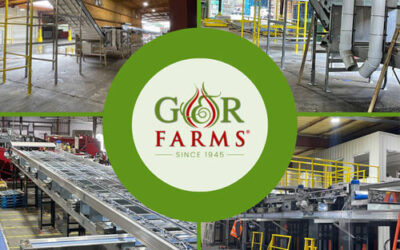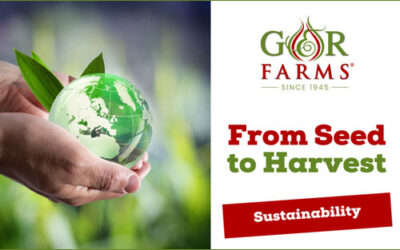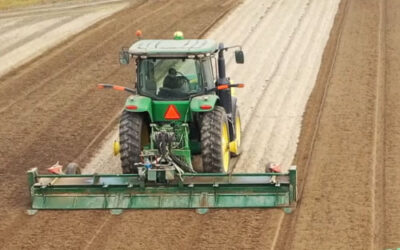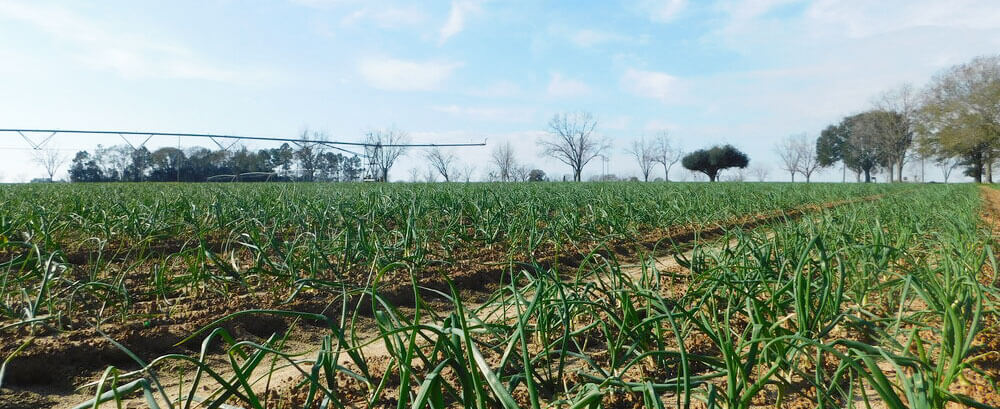
By Cliff Riner, Director of Crop Research & Development
Our sweet onion crop has been establishing itself rather well. This winter has been consistently cold so far and that creates a lot of smaller top or leaves to look at. The positive about having smaller plants so far is that we generally have less plant disease which typically creates much better onion quality for our customers. Also, the slower the onions are growing makes for smaller rings and a denser bulb and that translates to a great shelf life. We are constantly working with the crop, however. We have a schedule to apply the fertilizer and nutrients that the plants need throughout the season, and each field gets its own prescription to make the best quality bulbs.
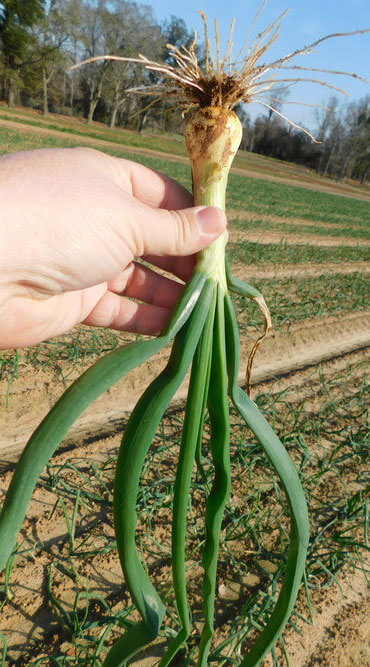
Behind the scenes:
We monitor our crop’s health and status by taking plant tissue samples and analyzing their health and nutrition levels. G&R Farms works closely with the University of Georgia specialists, and Waters Agricultural Labs to constantly provide quantitative analysis of the crop. I also compare this season’s development with previous years’ in monitoring weather and climate data. Myself and our crop team communicate constantly about what we see in the field and how we feel about each field. By using both the data driven quantitative measures, and our experience and qualitative analysis of the crop we feel confident in providing a high quality Vidalia onion crop to you.
Going forward:
The next few weeks will be extremely busy and there will be a lot of development with the crop. Normally, when we have more cooler temperatures in December and January, we typically see tremendous growth in February as the soil begins to warm up. We will be providing you updates, but if you need or want to know anything specific, please reach out to us.

